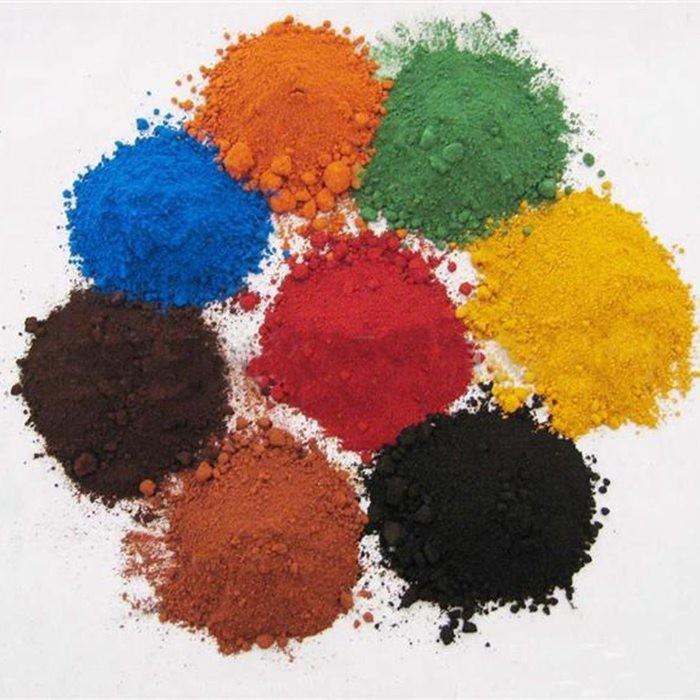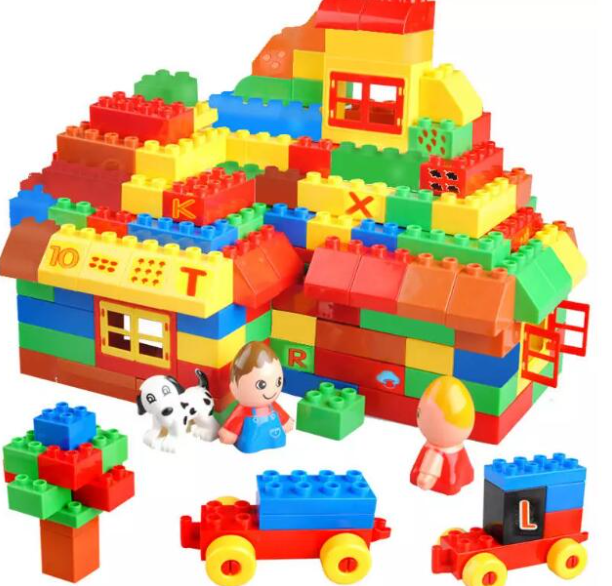Dyes for Plastics: Key Advantages of Different Dye Types
Dyes used in plastic coloring must meet specific requirements, such as thermal stability, solubility, and compatibility with polymers. Below are the most advantageous dye types for plastics, along with their key benefits and applications.

1. Solvent Dyes
Advantages:
-Excellent Solubility in Plastics:Dissolve well in non-polar polymers (e.g., PS, ABS, PMMA).
-High Thermal Stability (>300°C): Suitable for high-temperature processing (injection molding, extrusion).
-Transparent & Vibrant Colors: Ideal for transparent or translucent plastic products (e.g., lenses, packaging).
-Good Lightfastness: Resistant to UV fading in many applications.
Common Uses:
-Acrylics (PMMA), polystyrene (PS), polycarbonate (PC), and some polyesters.
Our recommendation:
Solvent Yellow 21, Solvent Red 8, Solvent Red 122,Solvent Blue 70,Solvent Black 27,Solvent Yellow 14, Solvent Orange 60, Solvent Red 135, Solvent Red 146, Solvent Blue 35, Solvent Black 5, Solvent Black 7, Solvent Dye Yellow 21, Solvent Orange 54 Structure, Solvent Dye Orange 54,etc.
2. Basic (Cationic) Dyes
Advantages:
-Brilliant Fluorescent & Metallic Effects:Create eye-catching colors.
-Good Affinity for Acrylics & Modified Polymers:Used in specialty plastics.
Limitations
- Limited to specific polymers (e.g., acrylics) due to compatibility issues.
Common Uses:
- Decorative plastics, toys, and acrylic sheets.
Our recommendation:
Direct Yellow 11, Direct Red 254, Direct Yellow 50, Direct Yellow 86, Direct Blue 199, Direct Black 19 , Direct Black 168, Basic Brown 1, Basic Violet 1, Basic Violet 10, Basic Violet 1 ,etc.

Would you like recommendations for a specific plastic type or application?
Post time: May-21-2025





